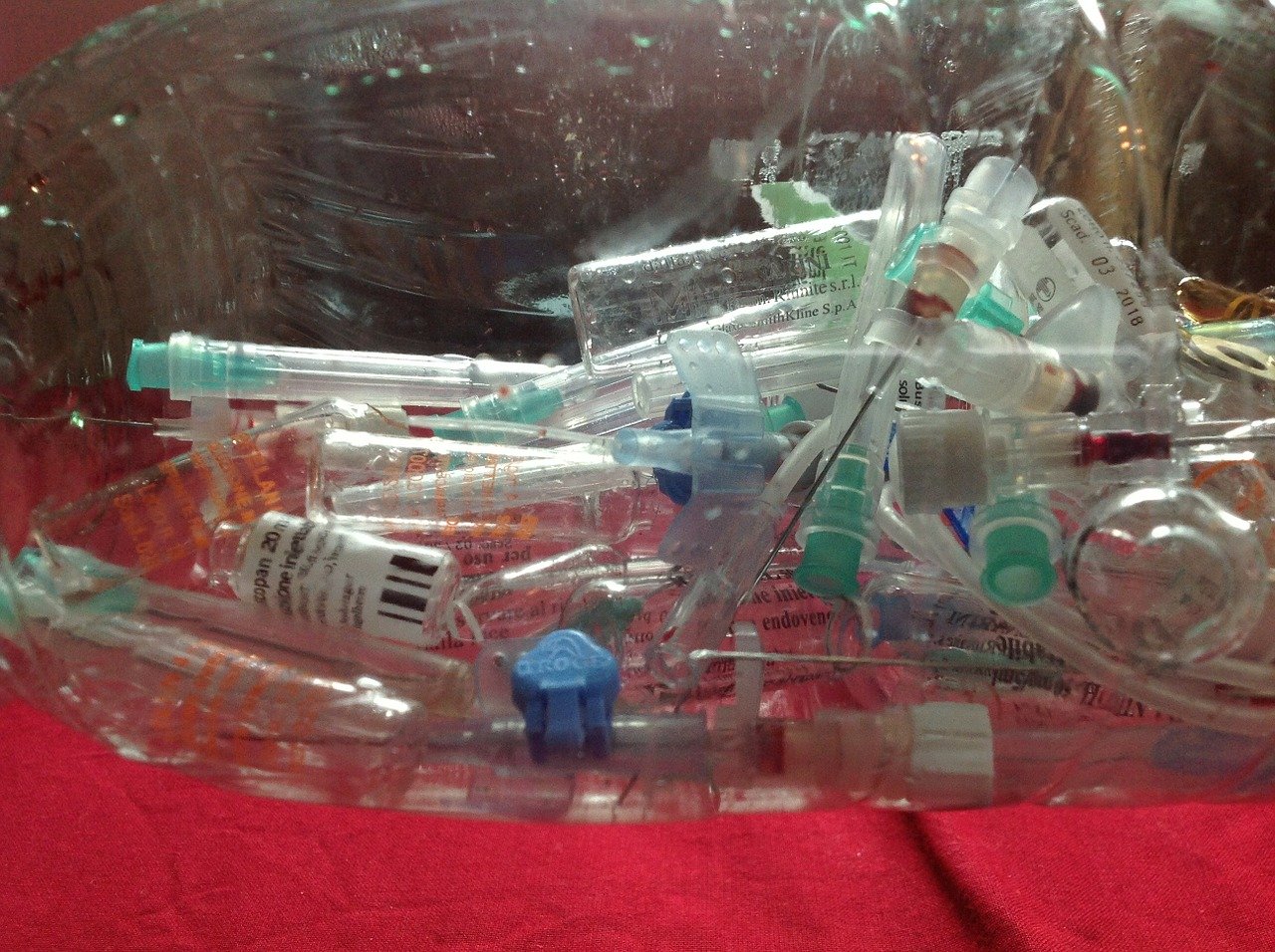Rising need for safe and hazard-free disposal of waste generated in healthcare facilities is a primarily driving the market during the pandemic. Further, stringent regulations associated with the handling and disposal of medical wastes will translate into increased spending on medical waste containers. Leading manufacturers are boosting the production of medical waste containers and are pushing their efforts towards precautionary measures to minimize disruption in services.
The process of medical waste disposal is cost-intensive and challenging for several healthcare settings such as hospitals, clinics, research centers, blood banks, and diagnostic facilities. As such, governments in several countries are mandating medical waste disposal in specialized containment infrastructure to ensure employee safety as well as minimize medical expenditure. Such trends are working in favor of medical waste containers market.
Medical waste containers have to safely handle a large variety of items including blades, bandages, needles, gloves, and masks. In cases of infectious diseases such as the COVID-19 pandemic, even personal items used for eating are required to be treated as medical waste.
The rapid spread rate of the coronavirus has provoked strict health, environment, and transport regulations associated with medical waste disposal processes and products. Labeling, color coding, and multiple layers are gaining importance during the public health crisis. Amid the pandemic, medical and public facilities have to invest in medical waste disposal containers to minimize the risk of contagion.
Biohazard bags remain highly sought after
Medical wastes have to be disposed and contained with extreme care prior to treatment. Regulatory bodies such as the Occupational Safety and Health Administration (OSHA) have set up guidelines for the disposal of such items. Biohazard bags, in most cases, are adequate for the containment of regulated waste materials. Multiple bags might be required in cases of exterior contamination or punctures.
Puncture resistant products are essential for discarding slides, scalpel blades, syringes, and other contaminated sharp objects. Further, healthcare facilities will require further precautions to eliminate the risk of aerosol contaminants.
Growing awareness of the impact of plastic bags on the environment has triggered changes in medical waste management programs. Medical waste container manufacturers are creating products that do not require secondary packaging such as plastic liners. Also, the development of robotic washing processes are capable of meeting industry standards, eliminating the need for landfill waste for reuse purposes.
Sustainability-centered options to influence growth strategies
Most medical waste containers are single-use. The healthcare industry generates substantial amounts of medical waste. Growing concerns about the environmental impact of such practices are bringing about a transition in the development of new medical waste containers.
Awareness programs for healthcare staff on items that are recyclable are critical to strategic placement and signage associated with recycling stations in healthcare facilities. More than 30% of the average medical wastes produced globally comes from conventional medical waste containers.
This trend not only costs healthcare providers in terms of repeatedly purchasing new containers, but also the cost of disposing containers as well.
Medical waste container manufacturers are investing resources in the development of reusable options. Coupled with automated decontaminating systems, reusable alternatives provide additional safety features including, airtight, and secure locks.
On-premise solutions – a cost-effective approach
When healthcare institutions are running services in multiple locations, risk and liabilities of these companies multiply, owing to the risk of human error and the number of variables. Traditional waste disposal processes are costly in terms of collection, storage, regulation, scheduling, and procuring new supply orders.
On-premise medical waste containers will have a substantial impact on the market, as they streamline the collection process, ensure regulatory compliance, and minimize storage requirements.
Such medical waste containers also address vendor issues, with a single system for multiple locations, making waste disposal budgets highly predictable, saving monetary resources for patient care processes.
Tech-enabled Advances and Training Programs to Unleash Full Potential of Medical Waste Containers
One of the biggest challenges in healthcare facilities is improper medical waste segregation. Healthcare providers are minimizing these issues by sticking to a single vendor for all of their medical waste container needs, in addition to the setup of an optimized waste management plan.
Currently, several healthcare facilities are using bins in every patient room, which are further disposed of together, regardless the kind of waste. Such approaches take up more space than needed, which causes containers to fill up without actually reaching the true capacity.
However, with the rapid advancements of artificial intelligence (AI) and machine learning (ML), and new product launches automate the segregation of medical waste from other material to a substantial degree. With good training programs for medical staff, medical waste containers are optimized to high levels of performance in terms of cost and performance.
Emphasizing the need to minimize disposal errors
High standards of care are giving rise to safe disposal of medical waste, and the method of disposal is largely dependent on the category of medical waste as well as local government authorities. Healthcare facilities have to take precautions to ensure proper disposal processes. These include keeping waste containers away from sharps containers, setting regular trash containers near bio containers, minimizing the disposal of empty vials, and bottles in sharps or pharmaceutical disposal containers. It is also important to recycle wastes such as IV bags unless the material has been exposed to contaminants. Such measures will help alleviate the stress on medical waste management systems, and sustain the medical waste container market in the coming years.










[…] the proper safety and environmental security system is a need for each workplace. Reputable products from suppliers are dedicated to […]